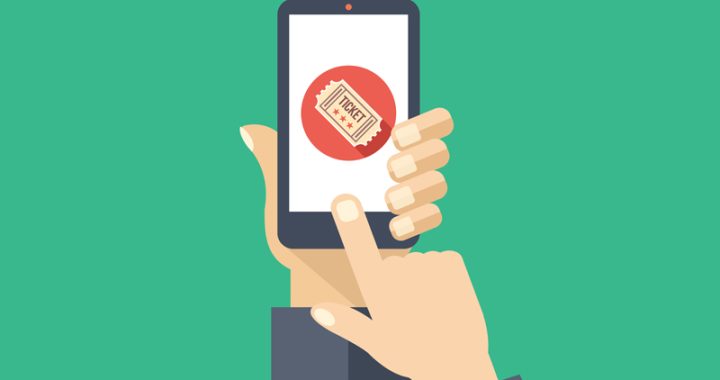How to pay for toll roads?

Most of the roads we choose when traveling by car are intended for common use. However, some of them also require an additional fee. In the United States, these types of routes are called toll roads. They are usually optional. You can also choose other routes to reach your destination. However, there are some differences between the nature of toll roads and regular roads that make the first option better. Toll roads offer numerous amenities that undoubtedly make driving easier and more pleasurable.
Regular roads vs. toll roads
One of the main advantages of toll roads is the high quality of the roadway. There are no holes on the smooth surface, so it is pleasant to drive on it. In addition, tolls contribute to traffic filtering, so that fewer drivers appear on toll roads. Fewer cars and less traffic means less risk of traffic jams. You can move on toll roads without delays, so you can get to your destination faster.
Payment methods
The method of payment may vary depending on the type of toll road. Different routes have different solutions. Among them, there are three main options – a barrier system, a ticket system and a distance-based system. The first involves paying a fixed fee each time a driver passes through a major toll booth. The ticket system involves paying twice – both when entering the toll road and when leaving it. Last but not least, the distance-based system accurately calculates the length of the route traveled into the amount of the fee.
Online payment method
While the most common way to pay tolls is by paying directly at the gate or booth with cash or card, there are other options as well. In the era when most services can be provided via the Internet, it is only natural that tolls can also be arranged online. For this purpose, you can use the E-ZPass or Uproad mobile application. This is one of the best options to deal with the issue of tolls in a simple and quick way. Check out: https://www.uproad.com/blog/how-to-pay-for-toll-roads.
License plates and invoices
Another popular payment option for toll roads involves license plates and invoices. To use this method, you need to do two things. First, get a license plate that will allow you to participate in the system. Then video cameras located on the roads can take pictures of the moving car. They document your presence, then the distance traveled is counted and you receive an invoice. It includes the amount of money you have to pay for using toll roads.
Payment time
The payment time for toll roads varies depending on the payment method. If you decide on the option related to payment via the application, you have a ten-day payment period at your disposal. It starts five days before the day of travel and ends five days after it. Thanks to the application, you can also pay for toll roads in cash at popular chain stores, such as Walmart or 7-Eleven. The invoice option, on the other hand, gives you a longer time. It allows you to pay up to thirty days after receiving the invoice. You can pay for it using the App Store or Google Play Store.
Consequences of non-payment
Remembering to pay for toll roads is very important, because failure to comply with this formality may have unpleasant consequences. Firstly, a driver who has not paid for a toll road may be diverted from the route, taken off the toll road and directed to another road that does not offer many amenities and means a longer journey. Secondly, no toll means that the car owner receives a fine.

“Pop culture advocate. Troublemaker. Friendly student. Proud problem solver.”









